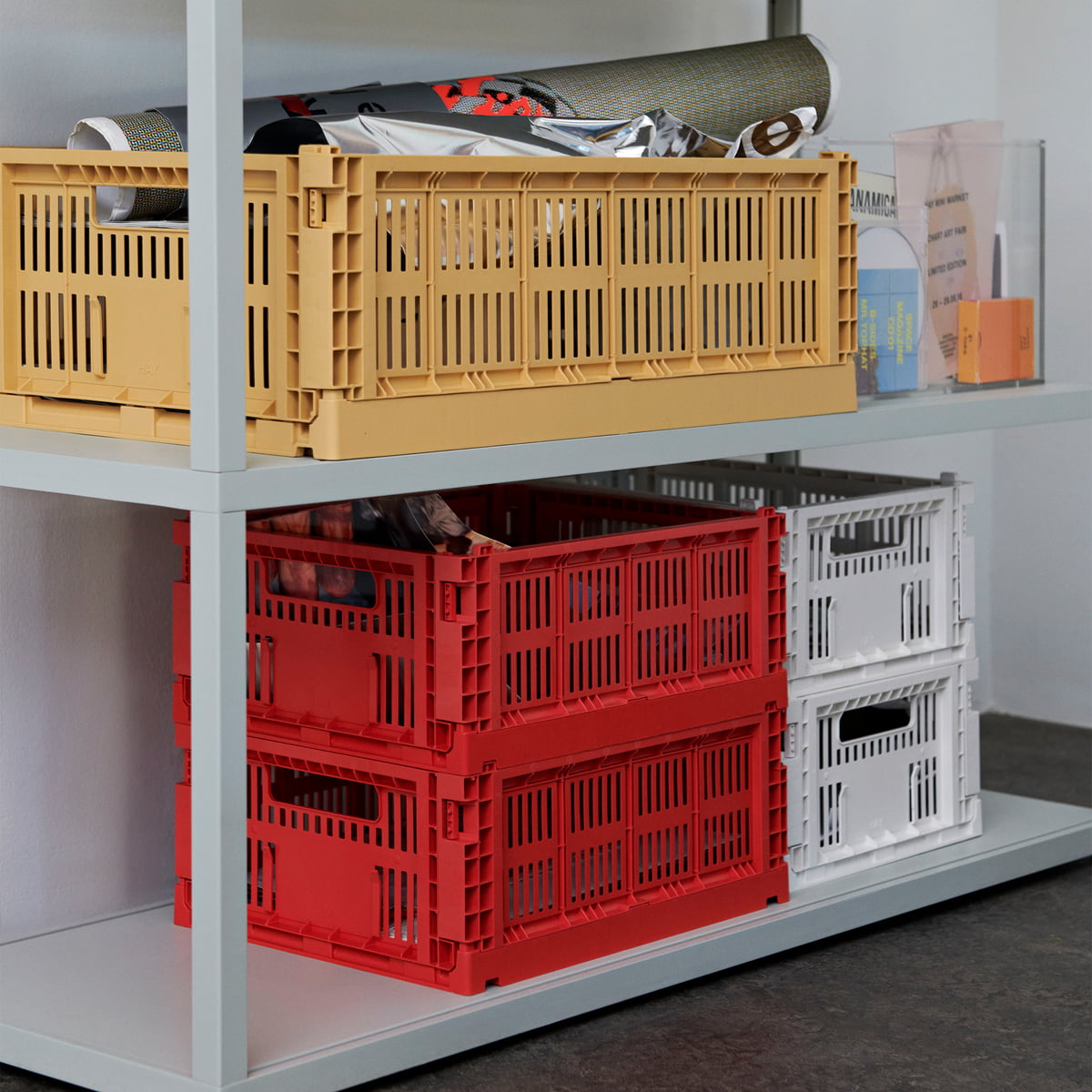Maximize Your Recycling Impact by Recycling Used Plastic Containers
The impact of recycling can be more magnified by incorporating the practice of reusing utilized plastic containers (used plastic containers). The opportunities are comprehensive, and the benefits are significant, making the undertaking of making the most of recycling impact with recycling plastic containers a appealing and rewarding method to discover.
Benefits of Reusing Plastic Containers
Recycling plastic containers not just minimizes waste but also contributes dramatically to environmental sustainability. By opting to recycle plastic containers rather of discarding them after a solitary usage, individuals can play an essential function in reducing the need for brand-new plastic production. This practice straight translates to a decrease in the consumption of resources, energy, and resources needed for making new containers.

Moreover, recycling plastic containers aids in lowering the quantity of plastic waste that ends up in land fills or contaminates our oceans and natural environments. Plastic contamination is a pressing global concern, and by expanding the lifespan of plastic containers with reuse, we can mitigate the negative impact on the atmosphere. Furthermore, reusing plastic containers can cause a decrease in greenhouse gas discharges connected with the manufacturing and transportation of new plastic items.
Basically, the easy act of recycling plastic containers can produce considerable environmental advantages by saving resources, reducing waste, and decreasing pollution, making it a useful and impactful sustainability method for individuals and areas alike.
Imaginative Upcycling Ideas for Containers
Considering the environmental benefits of expanding the life expectancy of plastic containers with reuse, discovering innovative upcycling ideas offers a cutting-edge approach to further sustainability efforts. There are many innovative methods to repurpose utilized plastic containers, adding to throw away reduction and advertising eco-conscious behavior. One creative idea is to transform vacant plastic containers into self-watering planters by cutting the top part of the bottle and creating a wicking system making use of a cotton string. This not just gives a new life to the plastic bottle but likewise assists in reliable watering of plants. One more upcycling idea is to use huge plastic containers, such as laundry detergent bottles, as storage bins for products like playthings, craft supplies, and even as makeshift planters for little indoor yards. By repurposing these containers, individuals can minimize their ecological footprint while including a touch of creative thinking to their daily lives. Embracing such upcycling efforts can inspire others to reconsider the method they see and utilize plastic containers, moving in the direction of a much more eco friendly and lasting lifestyle.
Tips for Correctly Cleansing Containers
Preserving sanitation in containers is necessary for making sure hygiene and extending their usability. To appropriately tidy used plastic containers, begin by emptying any type of remaining components and rinsing them with warm water to remove food bits and deposit. For containers with persistent stains or odors, develop a mix of equivalent parts water and vinegar or baking soft drink and water, and allow it sit for a couple of hours before rubbing and washing extensively. Prevent using extreme chemicals or unpleasant scrubbers that can damage the plastic. In addition, make sure to dry out the containers completely before saving them to avoid mold development. For containers with dilemmas or small openings, think about using a container brush top article or tooth brush to reach all locations (bulk used plastic containers). Consistently examine the containers for indicators of wear and tear, such as splits or discoloration, and replace them if needed to preserve correct health standards. By complying with these cleaning tips, you can make the most of the life expectancy of your plastic containers and promote a much healthier environment.
Just How to Shop Reused Containers Successfully

Impact of Recycling on the Setting
Reusing containers has a considerable favorable influence on the atmosphere by lowering waste and conserving sources. It helps in reducing the amount of plastic waste that ends up in oceans or land fills when containers are reused instead of being thrown out after a solitary use. By extending the lifecycle of these containers, fewer new ones need to be generated, resulting in a decrease in the intake of resources and power required for manufacturing. This preservation of sources plays a crucial duty in lessening the environmental impact related to plastic production.
Furthermore, reusing containers likewise contributes to reducing greenhouse gas emissions. The procedure of producing brand-new containers involves numerous energy-intensive tasks that release considerable quantities of carbon get more dioxide and various other contaminants right into the ambience. By reusing plastic containers, the need for new production declines, leading to lowered discharges connected with the production and transportation of brand-new products. On the whole, the ecological advantages of recycling containers are significant and play an essential function in advertising sustainability and decreasing the effect of plastic in the world.
Final Thought
To conclude, recycling made use of plastic containers can considerably minimize waste and lessen the ecological influence of single-use plastics. By artistically upcycling containers, properly cleaning them, and efficiently storing them, individuals can maximize their recycling efforts and contribute to a more sustainable future. Making a conscious effort to reuse plastic containers not only benefits the environment but also motivates a much more green way of living on the whole.
